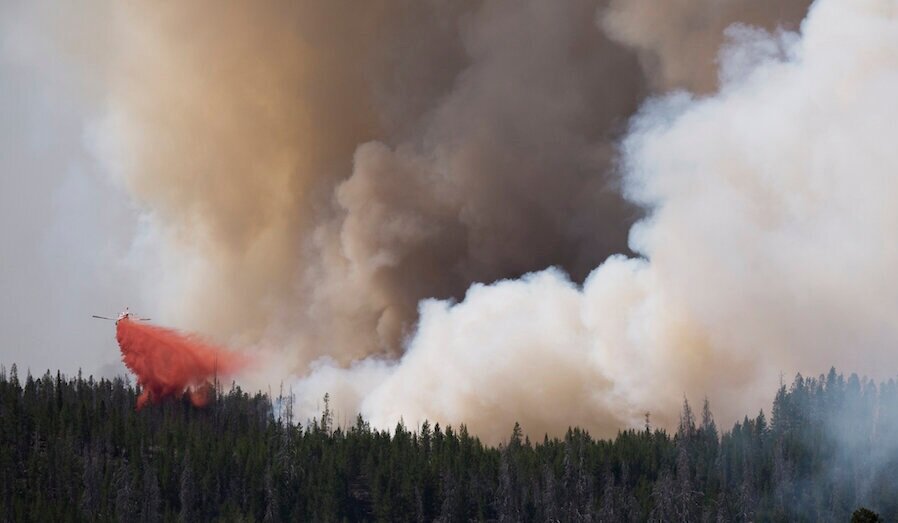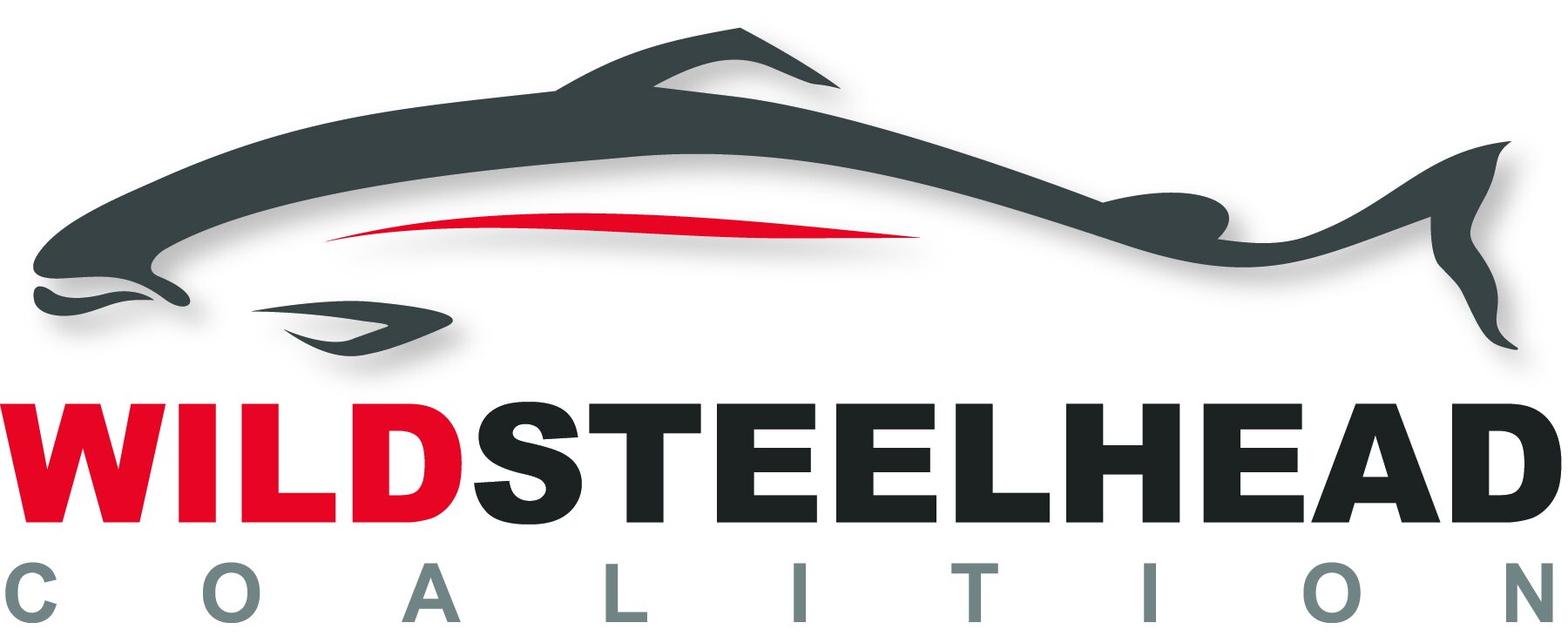
Hot Water and Wild Steelhead
For nearly a century, the major drivers of steelhead decline could be categorized as the Four H’s: Habitat, Harvest, Hydropower, and Hatcheries. Unfortunately, we must now add a “Fifth H” to the mix: Heat. Up and down the West Coast, climate change is posing a new and dangerous threat to wild steelhead. From the perilously low and hot river conditions that are becoming more common as our summers get hotter and drier to the frequently inhospitable ocean conditions caused by ocean acidification and events like the “blob,” climate change is becoming an increasingly significant threat to the future of wild steelhead.
What makes this new “Fifth H” particularly daunting is that it exacerbates many of the other “H’s” impacts. As a result of this exacerbating effect, wild steelhead conservation and restoration will become increasingly difficult as the planet continues to warm. That means that already time-pressured recovery efforts are becoming even more urgent since climate change will continue to reduce quality habitat, create harsher spawning conditions, and have myriad destructive impacts that diminish marine survival for steelhead.
“A warming climate brings particular challenges to wild steelhead restoration because it exacerbates many of the existing threats to wild steelhead recovery.”
Another frustrating element of climate change’s impact on wild steelhead is that the global nature of this crisis means that, unlike an issue like overharvest, there is little the steelhead conservation community can do to curtail the problem. Instead, we are thrust into the position of merely trying to mitigate climate change’s impact on wild steelhead stocks.
Fortunately, there are smart management practices and strategies we can put in place that will help alleviate the problems generated by climate change. For example, we are already seeing how climate change can create dangerously warm water in natal rivers and reduce snowpack, which makes accessing clean, cold water increasingly difficult for wild steelhead. Therefore, ensuring wild steelhead have ample access to cold-water refuges, where they can hold in deep and colder water without angling pressure, is a key element of mitigating the impacts of climate change on steelhead moving forward.
A key climate mitigation element is protecting wild steelhead genetics by minimizing the impacts of hatchery steelhead. Wild steelhead demonstrate vastly superior fitness and adaptability compared to fish raised in hatchery systems, which enables wild fish to survive at all stages of life at much higher rates. This resiliency is the reason to prioritize wild fish, especially when they are fighting to survive in a warming world. In watersheds with dependable coldwater habitat, limiting the conflicts and genetic degradation caused by interbreeding with hatchery fish will be a crucial aspect of best management strategies.
Additionally, harvest will need to be closely monitored to minimize intentional and accidental steelhead mortalities in both freshwater and the salt. For wild steelhead to thrive on a warming planet, we need as many wild fish to successfully spawn and for their offspring to have the best chance of survival. Therefore, ensuring that responsible sportfishing practices are in place, fish & game enforcement officers are properly equipped to protect wild fish, and that lethal commercial bycatch is reduced will be pivotal for maximizing the number of wild steelhead that can complete their full lifecycle for generations to come.
Climate Adaptation and Steelhead
As the implications of climate change continue to mount, society will develop climate adaptation and mitigation measures that will have an impact on wild steelhead. It will be critical for the wild steelhead community to be vigilant and monitor these emerging threats to ensure they have a minimal impact on wild steelhead populations. The proposed dam on the Chehalis River, which the Wild Steelhead Coalition is currently working to stop, is a perfect example of how society’s attempts to reduce the impacts of climate can have a deleterious effect on wild steelhead.
Washington’s Chehalis watershed has always been a flood-prone basin, but in recent years the flooding has gotten much worse due to a combination of climate change and 150 years of human development that has dramatically impaired the basin’s ability to handle major flood events. In response to these worsening floods, the state is considering a proposed flood retention dam, which the environmental assessment demonstrates will have a major negative impact on the Chehalis’s struggling steelhead stocks.
Fortunately, a coalition of concerned citizens, sovereign tribes, and local organizations invested in protecting the Chehalis Basin and its wild fish is working effectively to defeat this misguided dam and advocate for flood mitigation solutions that restore wild steelhead and salmon populations. Building these diverse coalitions that can ensure our climate adaptation efforts are not exacerbating wild fish decline will be increasingly important moving forward as our society struggles to navigate living on a rapidly changing planet.






